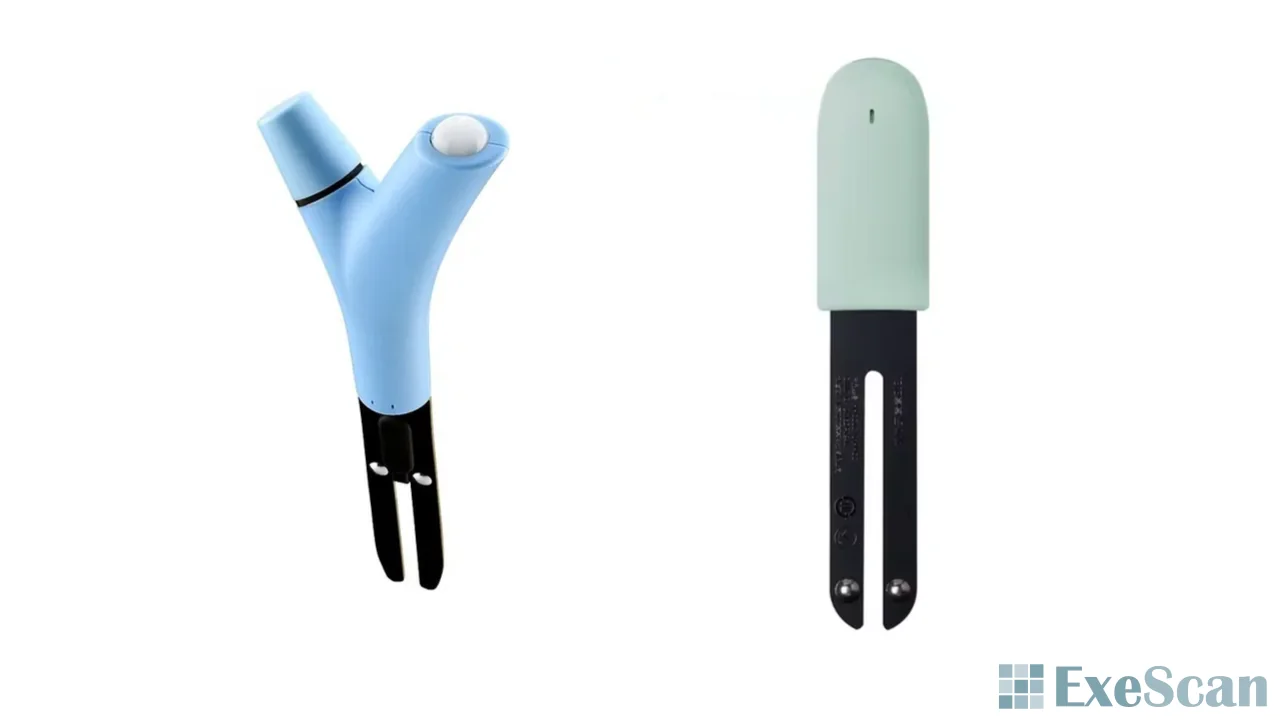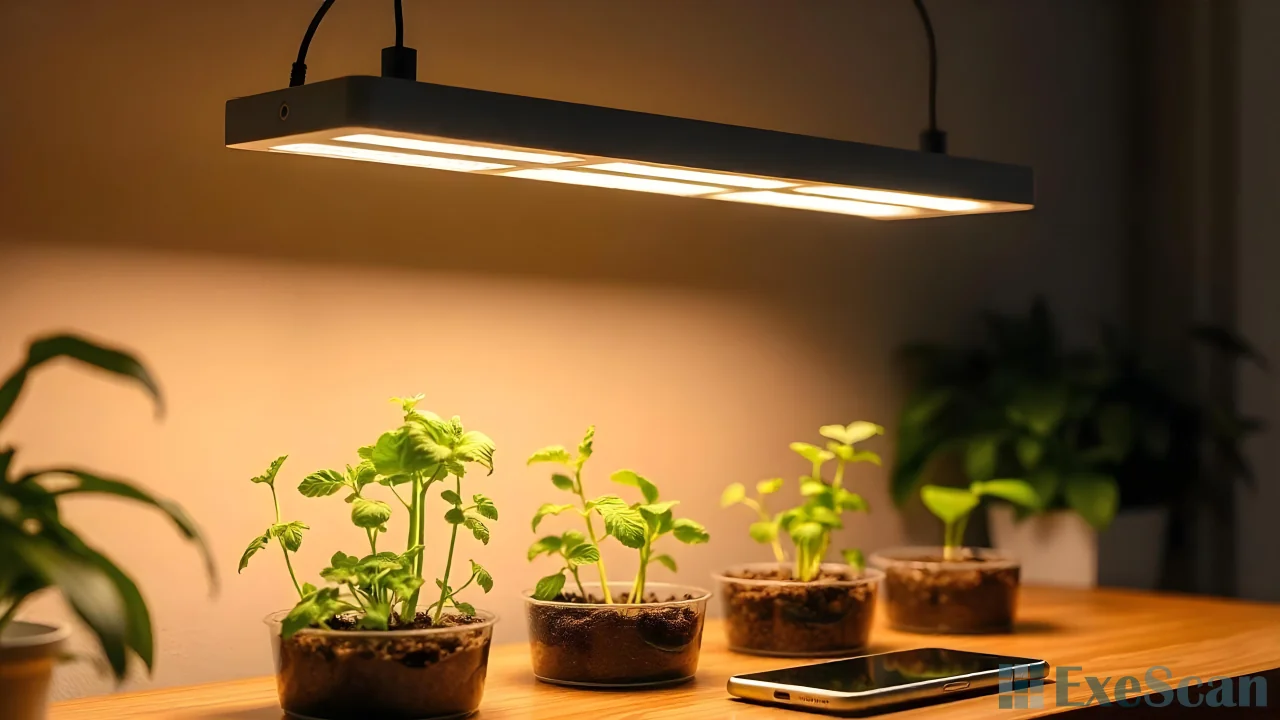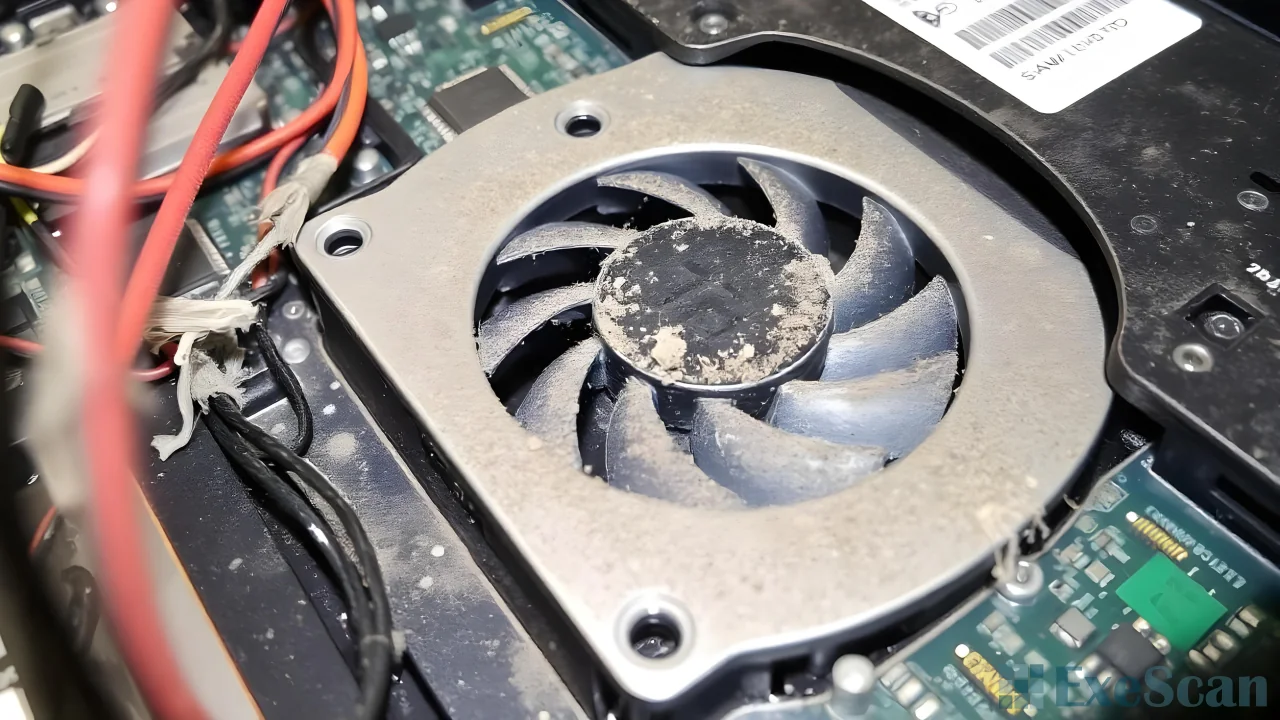Creating a smart garden is one of the most innovative ways to care for your plants effortlessly. With the right tools, you can automate various aspects of gardening, such as watering, light exposure, and even monitoring the soil’s condition. In this article, I’ll walk you through the essential devices needed to set up a smart garden and recommend a few popular options.
A smart garden not only saves you time but also helps keep your plants healthy, even when you’re away from home. Let’s dive into how you can build your own smart garden with the right equipment.
Choosing the Right Smart Irrigation System
The first step in setting up a smart garden is automating your irrigation system. Watering plants at the right time is crucial for their health, and with a smart irrigation system, you can ensure they get the perfect amount of water.

A smart sprinkler or drip system can be controlled through a mobile app, allowing you to schedule watering or let the system decide when your plants need hydration. Some systems are even capable of detecting weather conditions, so they won’t water your garden during rainy days.
Here are some options to consider:
- Rachio 3 Smart Sprinkler Controller: This system offers weather intelligence and easy app control, making it one of the most reliable choices for smart watering.
- Orbit B-hyve Smart Hose Faucet Timer: If you prefer using a hose for watering, this faucet timer is perfect. It’s affordable and connects to a mobile app for scheduling.
By installing one of these devices, you’ll never have to worry about forgetting to water your plants, and you can save water by preventing overwatering.
Smart Soil Sensors for Plant Monitoring
Monitoring the soil’s moisture levels is another critical part of plant care. Smart soil sensors can provide real-time data on the health of your garden’s soil, including moisture, temperature, and sometimes even nutrient levels.
These sensors send information to your smartphone, alerting you when the soil needs more water or if conditions are optimal. A few models even integrate with other smart devices like irrigation systems, automatically triggering watering when needed.

Some popular smart soil sensors include:
- Xiaomi Mi Plant Sensor: This sensor provides detailed insights into your soil’s moisture, temperature, and even light exposure.
- Parrot Flower Power: An easy-to-use option, this sensor offers accurate soil monitoring and connects via Bluetooth to your smartphone.
Having a smart soil sensor in your garden ensures that your plants always have the ideal growing conditions. This is especially helpful if you’re growing plants that are sensitive to moisture levels.
Automating Lighting with Smart Grow Lights
If you’re growing plants indoors or in areas with limited sunlight, smart grow lights are a must-have. These lights mimic natural sunlight and can be controlled remotely to provide the right amount of light for your plants.
Smart grow lights allow you to create custom lighting schedules or set them to adjust automatically based on the time of day. This is particularly useful for plants that need specific light cycles, such as certain herbs or vegetables.
Some of the best smart grow lights on the market include:
- Philips Hue Indoor Garden Lights: These lights are easy to integrate into your smart home setup and can be controlled via app or voice assistants.
- GE Smart Grow Light Bulbs: Affordable and effective, these bulbs offer full-spectrum light that promotes healthy plant growth.
By incorporating smart grow lights, you can ensure your plants are getting the optimal amount of light without having to worry about constantly adjusting the lights yourself.

Smart Plant Monitoring Apps
To fully control and monitor your smart garden, you’ll need a reliable app that integrates with your devices. Many smart garden systems come with their own apps, but there are also third-party apps that work with multiple devices.
These apps provide data on soil conditions, light exposure, and watering schedules, making it easy to keep track of your garden’s health. Some apps even offer advice on how to improve plant growth based on the data collected.
A few popular smart garden apps include:
- Rachio App: Specifically designed for use with the Rachio Smart Sprinkler Controller, this app allows you to control watering schedules and monitor weather conditions.
- PlantLink: A versatile app that works with several smart garden devices, offering insights into your plants’ health and watering needs.
Having a centralized app makes managing your smart garden much easier, allowing you to track your plants’ progress and make adjustments as necessary.
Setting Up a Smart Garden Hub
Finally, to control all your smart garden devices seamlessly, it’s a good idea to set up a smart home hub. This hub connects all your devices, enabling you to control them from one platform, such as a smartphone or voice assistant like Amazon Alexa or Google Assistant.
Some smart garden devices are compatible with existing home hubs, while others come with their own control units. By integrating everything into one system, you can automate tasks like watering and lighting, ensuring your plants are well cared for even if you’re not around.
Popular hubs that work with smart garden devices include:
- Amazon Echo: This hub allows voice control of various smart garden devices, making it easy to adjust settings without picking up your phone.
- Google Nest Hub: With an intuitive interface, the Google Nest Hub is a great option for managing multiple smart garden tools.
Conclusion
Setting up a smart garden can make caring for your plants effortless and efficient. By using a combination of smart irrigation systems, soil sensors, grow lights, and plant monitoring apps, you can automate the most important aspects of plant care.
With the right devices, you can ensure your plants are healthy and thriving, even when you’re not there to tend to them. A smart garden not only makes gardening easier but also more fun, allowing you to enjoy the beauty of your plants without the usual hassle.


